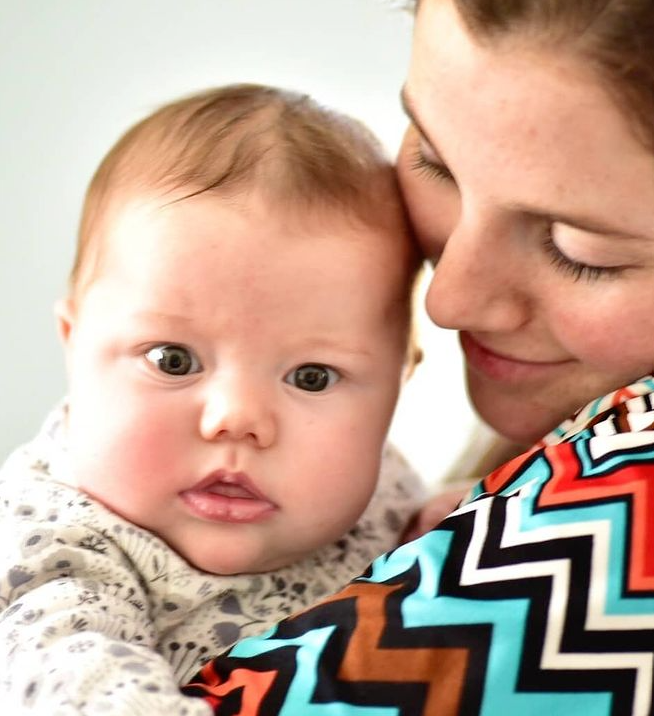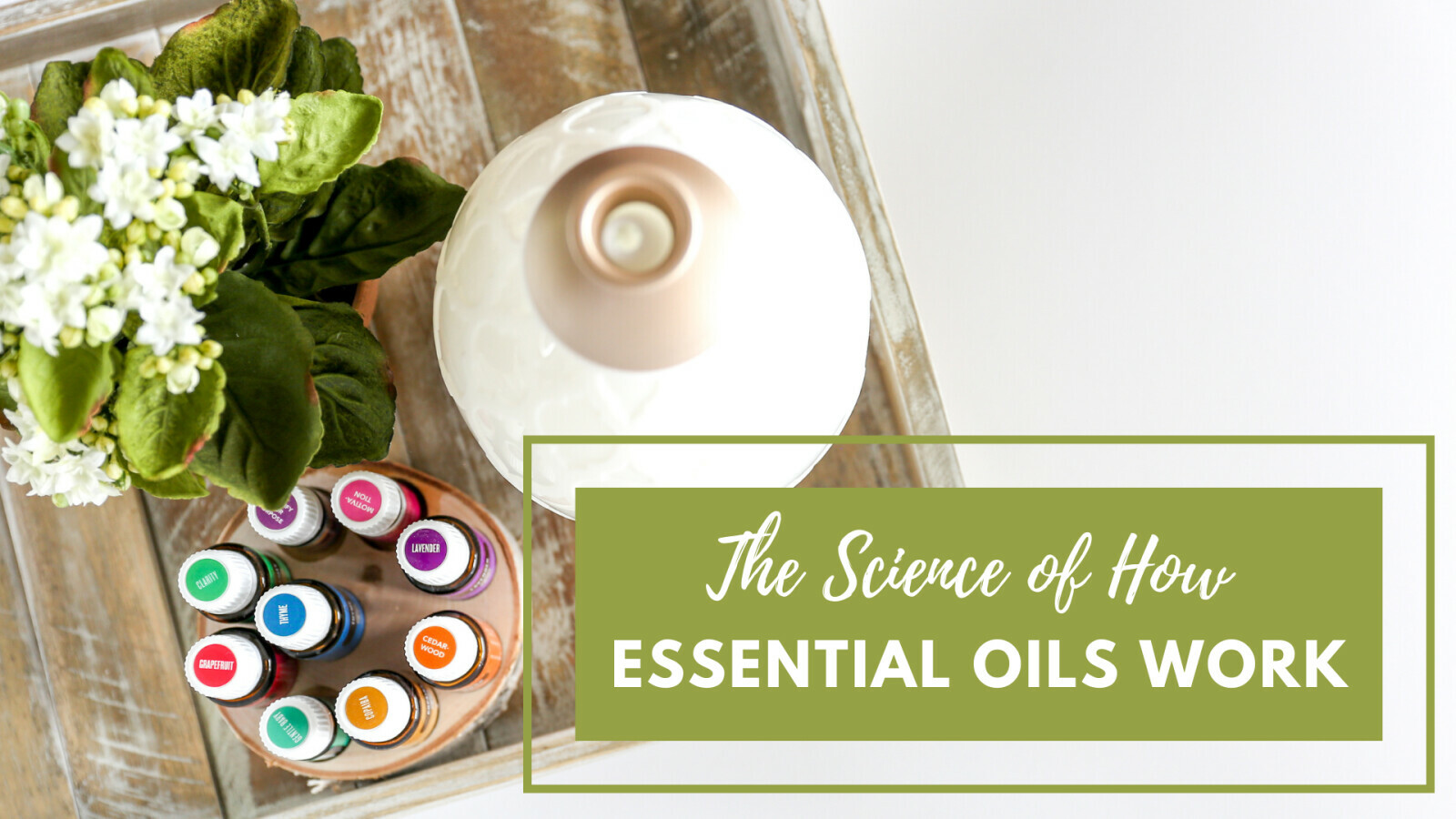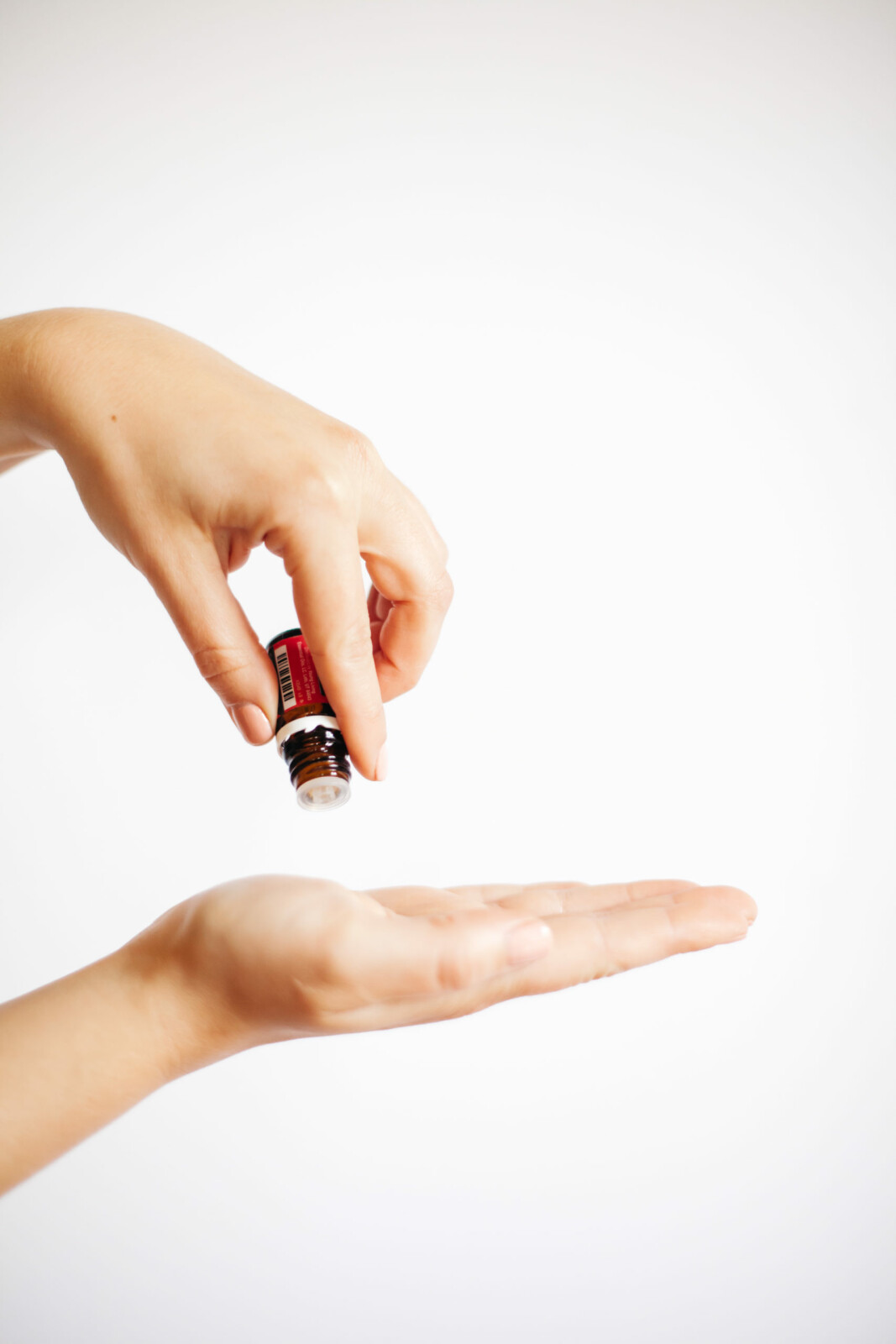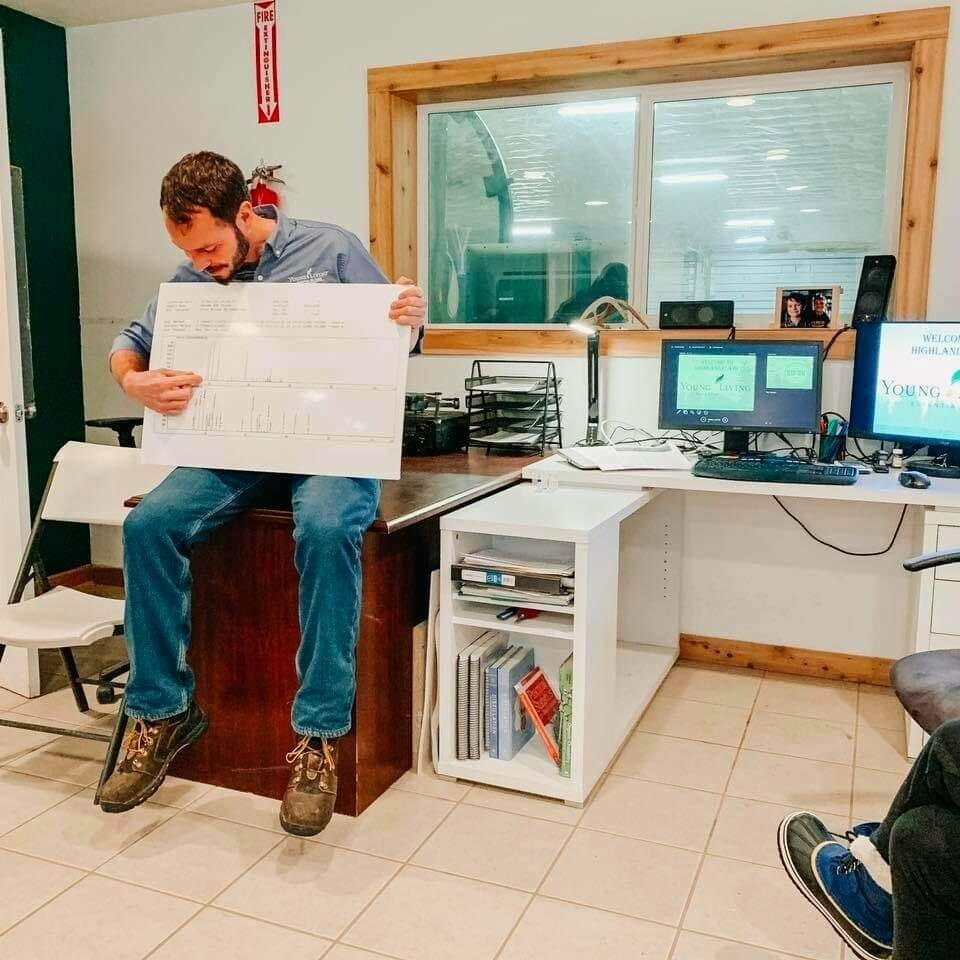
“Gary has a unique vision. Quality doesn’t start at quality control. It starts well before the lab. It starts on the farms. The science, farming, and distillation are all the vehicle to real quality control.” - Jesse the chemist in this photo
"The importance of knowing these charts is to understand how the oil changes throughout the year, with logistics, with changes we make in the field. No one scale looks exactly the same but we are able to build a basic profile to understand how nature can adjust the results we see in the lab. As opposed to other companies where the lab adjusts the things that come from nature.
Combining 25+ years of experience testing in a lab with the most exhaustive essential oil database eveeeerrrr allows us to sell the most pure and safe oils on the planet.
> “But why don’t you release your lab reports?”
![]() Uhhhhh. Why would you want to buy from a company who DID?? It’s insanely easy for labs to recreate constituents and “edit” essential oils to meet the “published lab tests” you see out there. Need a little more d-limonene to match their published results? That can totally be done in a lab and sold to other companies that buy oils in bulk. GROSSSSS.
Uhhhhh. Why would you want to buy from a company who DID?? It’s insanely easy for labs to recreate constituents and “edit” essential oils to meet the “published lab tests” you see out there. Need a little more d-limonene to match their published results? That can totally be done in a lab and sold to other companies that buy oils in bulk. GROSSSSS.
Instead, we know what we want to see. We know what’s supposed to be in there. We aren’t talking about a mom & pop shop here where they aren’t releasing lab results because they aren’t doing the tests. Rather, we have millions and millions of dollars invested in lab equipment because it matters. We do tons of growing in-house on farms we own and tons of experience with partner farms we have adopted. And, because YL has such a huge database, we can discern things about the BEST ways to grow and harvest our oils and how they’re reacting to their environment.
Okay so what about that testing??? I got you. Here's just a snippet of the testing done in YL labs and our secondary (outside our control) testing.
01. Inductively Coupled Plasma Mass Spectrometry (ICP-MS) - This is an analytical technique that can be used to measure elements at trace levels in biological fluids. Thorough testing can find one molecule of a bad metal in one billion molecules of essential oils. (Ex: in summer 2017, YL used the ICP-MS and found a hint of mercury and sent 800 kilos of a very needed oil back to the supplier... They checked back in a week on that oil to see what happened with it and it had been sold… Wonder where it went? ![]() )
)
02. Gas chromatography (GC) - this is a method for separating components in a mixture and measuring the relative quantities of each component. The components in the mixtures separate according to their chemical makeup as they pass through the GC column. The resulting graph that charts the separated components in the mixtures is known as a gas chromatogram.
03. Fourier transform infrared spectroscopy (FTIR) is the technique used to obtain an infrared spectrum of absorption or emission of a solid, liquid and gas. This technique counts the details of the microscopic properties of oils by shining a monochromatic light beam at a sample and measuring how much of it is absorbed.
04. TEMPO system uses Automated Bacterial Enumeration to automate testing and colony counting for coliforms, E.coli, staph, yeast, and mold. Basically - it counts the bacteria, both good and bad in the oils & other products.
05. MicroBiology Testing using Vitek - a high-speed microbial identification system. it can identify up to 60 different samples for a variety of mirobial agents.
06. Disintegration testing.. pH testing.. flash point and combustability... additional quality and safety tests as well as adding to the catalog of just "knowing our oils"
The system YL uses that sends oils through all the testing properties is a huge financial investment in time, money and training, etc.
07. Isotope Ratio Mass Spectrometry (IRMS) - This is a specialized technique used to provide information about the geographic, chemical, and biological origins of substances. The ability to determine the source of an organic substance stems from the relative isotopic abundances of the elements which comprise the material. Measurement of the isotope ratios can be used to differentiate between samples which otherwise share identical chemical compositions.
![]()
![]() We are the only essential oil company in the world to have this instrument. Our scientists go through two years of training before they can even use this instrument. They measure the oils to measure the carbon isotope ratios to assure that they are existing exactly in sync of how they're supposed to exist in nature.
We are the only essential oil company in the world to have this instrument. Our scientists go through two years of training before they can even use this instrument. They measure the oils to measure the carbon isotope ratios to assure that they are existing exactly in sync of how they're supposed to exist in nature.
7) Racemic testing measures isotopes. Optical isomers are created in synthetic materials. If you have the equipment for measuring optical isomers, you can determine if there are synthetic materials in the oil.
* * * * *
They measure every oil batch in 15-20 tests, 3 times, twice. Each test is done when the oil comes and when the oil comes out of each machine. Then they run that test three times.
YL does a ton of testing... they also outsource from a half a dozen few forensic labs sometimes when they need to further analyze data or need help with anything. These are the top of the line forensic labs used by the FBI.
IN SUMMARY... Young Living's team of highly trained, highly skilled scientists perform state-of-the-art tests, including but
not limited to:
• Densitometry
• Viscometry
• Refractometry
• Polarimetry
• Inductively Coupled Plasma Mass Spectrometry (ICP-MS)
• Inductively Coupled Plasma-Atomic Optical Emission Spectrometry (ICP-OES)
• Gas Chromatography (GC)
• High Performance Liquid Chromatography (HPLC)
• Fourier Transform Infrared Spectroscopy
• Automated Micro-Enumeration
• Disintegration
• pH
• Microscopy
• Combustibility
• Flash- Point
• Gas Chromatography Mass Spectrometry (GCMS)
• Chiral Chromatography
• Isotope Ratio Mass Spectrometry (IRMS)
Okay okay okayyyyyy but wait there's more I want to say on this!!! I learned several years ago about our catalog of tests and it has stayed implanted in my brain for evaaaaa and I've got two points...
01. When people run their own tests my first response is to throw my head back and ask them where they got the tens of thousands of dollars to accurately test those oils (assuming they're not just mailing them to some weird online testing place that charges $29 to run them through a machine)... because seriously - running tests like these is a massive endeavor, not a casual process or something you can mail off like it's an amazon prime day deal.
02. the CATALOG. This is so important and so flipping cool. So basically from the things I've said above you all get that our YL oils are tested with sensitive equipment right? Well so are pretty much every other type of chemical made in a lab including petrochemicals and big pharma drugs.
These lab machines come preloaded with libraries of components and molecules for a given industry (per industry). So if you're a drug company your machine comes loaded with drug compounds. Petrochemical companies get a machine library of petrochemicals. Et cetera. You don't get ALL the libraries, just the one your company is focused on...and a VERY basic one at that. We all know when something is preloaded it isn't a full list of anything. It is a base set and the software is only going to know what is stored in its library.
Still with me on this? Now as you run tests you can enhance and build up your own library. It's like making the machine smarter over time with more and more molecules loaded in (basically the lab machine version of how social media adds try to learn your patterns & interests). Plus with a ton of testing you start to see patterns.
Cleaning these machines is an extremely particular and time-consuming process. Not to make assumptions, but it's probably not done in cheap labs as often as it should be, which is evident when tests are run through these labs and you can see "noise" showing up (well, if you're an experienced chemist, at least). If you're not an experienced chemist, you might assume "noise" is evidence of a chemical or toxic presence. (ps. anyone casually claiming they can read these labs: liar. This is a great example of why they're ridiculous in their claims.)
Okay so back to that catalog that makes me so giddy... Given Young Living's history in this industry you can imagine that we would have a pretty large library and a ton of expertise in reading these reports and with tons of tests to compare too. Our library has millions of molecules in it, stored carefully over the last 28+ years of testing oils and constituents. Our machines are well cared for and have rarely analyzed things with petrochemicals in it (and if we do find that we reject it, obvi).
So anyone can buy a machine but can you see now why there is a huge misinterpretation here? Conventional labs or anywhere testing samples for a fee would have a few issues. First, who knows if they're comparing to actual plant compounds? Maybe their library is loaded with synthetic chemicals and petrochemicals and the machines literally do NOT know how to read the natural molecules. Second, who's reading these results? It cracks me flat up when another normal person is like "so I read these lab results" because OH MY WORD have some humility. Not a chance.
Y'all. Let's go back to the quote I started with.
“Gary has a unique vision. Quality doesn’t start at quality control. It starts well before the lab. It starts on the farms. The science, farming, and distillation are all the vehicle to real quality control.” - Jesse the chemist in this photo

Test #1 - The Freeze Test
Test #2 - The Filler Test
Take a piece of cotton rag typing or drawing paper and drop one drop of the same type of oil, like Lavender, from a few different brands. Make sure they are all of the same listed species, such as Lavender angustifolia. Draw a pencil circle around each drop after each drop has fully infiltrated the paper and label it with the brand name or leave the bottle at the top of each drop.
If you use the pencil mark method of labeling, be careful that your pencil mark does not come into contact with the oil drop. Check the paper often. If it dries within the hour and leaves no residual mark, then it is laced with an alcohol as filler. If it takes a while to dry but then leaves a slight stain, then it is laced with carrier oil as a filler. If it takes around 4 hours to dry and leaves no residue whatsoever, then it is most likely pure. However, this is not a definitive test on purity, as some chemicals will dry clear too. It is really just a test to give out if there is alcohol or carrier oil used as fillers.
Test #3 - The Personal Usage Test
Find something you love to use essential oils for. It may be something simple, like helping support your airways from possible histamine responses. It may be that you want some joint support to help ease symptoms of inflammation. Find the one that is something your body will feel instantly.
One idea is to apply a drop of peppermint to one side of your neck and apply a drop of another brand of peppermint to the other side of your neck and time how long you feel the cooling sensation on your neck. The longer it lasts, the more effective that oil is.
20 Questions to call and ask an essential oil company:
#2. Do they distill their oils using solvents? If so, which ones?
#3. Do they distill their own oils or purchase from third parties?
#4. Do they bottle their own oils?
#5. Do they own their own farms?
#6. Do they provide the seeds to the farmers?
#7. Do they know what pesticides are being used?
#8. Do they know if the ground is organic?
#9. Do they discard any mistakes or are they resold to other companies?
#10. Can you visit the farm to see how the oils are made and take a tour?
#11. Are the distillation drums cone shaped or dome-shaped at the top?
#12. Do they test each essential oil batch for purity?
#13. Is testing done in-house only or do they also do third-party testing?
#14. Do they have any trained aromatologists on staff?
#15. Do they test their oils side by side with oils from other companies?
#16. Do they test for when the peak harvest Time is?
#17. Do they ever have to recall their oils?
#18. Do they recommend to NOT ingest their oils?
#19. How many single, non blend essential oils do they carry?
#20. What sustainable practices are in place for their global footprint?
If you do not understand why these questions are ones you should ask, I highly recommend reading the book I linked above or this book by Dr. Doug Corrigan: "Innoilvation - The Science of Producing Powerful & Safe Essential Oils".
P.S. Whenever you’re ready... here are 4 ways I can help you take care of yourself and your family:
1. Grab a free copy of my guide
with 5 questions to ask your doctor about vaccines and discover why these questions are important so you can make the most informed decisions for your family. (#4 might shock you!) —Click Here
2. Join From Exhausted To Energized: Helping exhausted moms find emotional, physical, and financial freedom
It’s my new Facebook community of fearless mamas healing together — Click Here
 What makes getting essential oils with us different than just buying them from the grocery store shelves is not just the quality of oils you are purchasing, but the amazing community that comes with them...Here is what our community offers!
What makes getting essential oils with us different than just buying them from the grocery store shelves is not just the quality of oils you are purchasing, but the amazing community that comes with them...Here is what our community offers! I wanted to share my story of how I became a truly empowered mom. This is the story of what happened when my 8 week old baby girl got Parainfluenza-3...
I wanted to share my story of how I became a truly empowered mom. This is the story of what happened when my 8 week old baby girl got Parainfluenza-3... First, understanding the science is crucial to understanding why the quality of an essential oil matters so much to the efficacy (or effectiveness) of the oil. I highly recommend truly understanding the science of how oils work because you will have a far better understanding of how powerful oils are and how you can truly harness that power to change your health!
First, understanding the science is crucial to understanding why the quality of an essential oil matters so much to the efficacy (or effectiveness) of the oil. I highly recommend truly understanding the science of how oils work because you will have a far better understanding of how powerful oils are and how you can truly harness that power to change your health!  First, what's up with the name "Thieves"?
First, what's up with the name "Thieves"?




